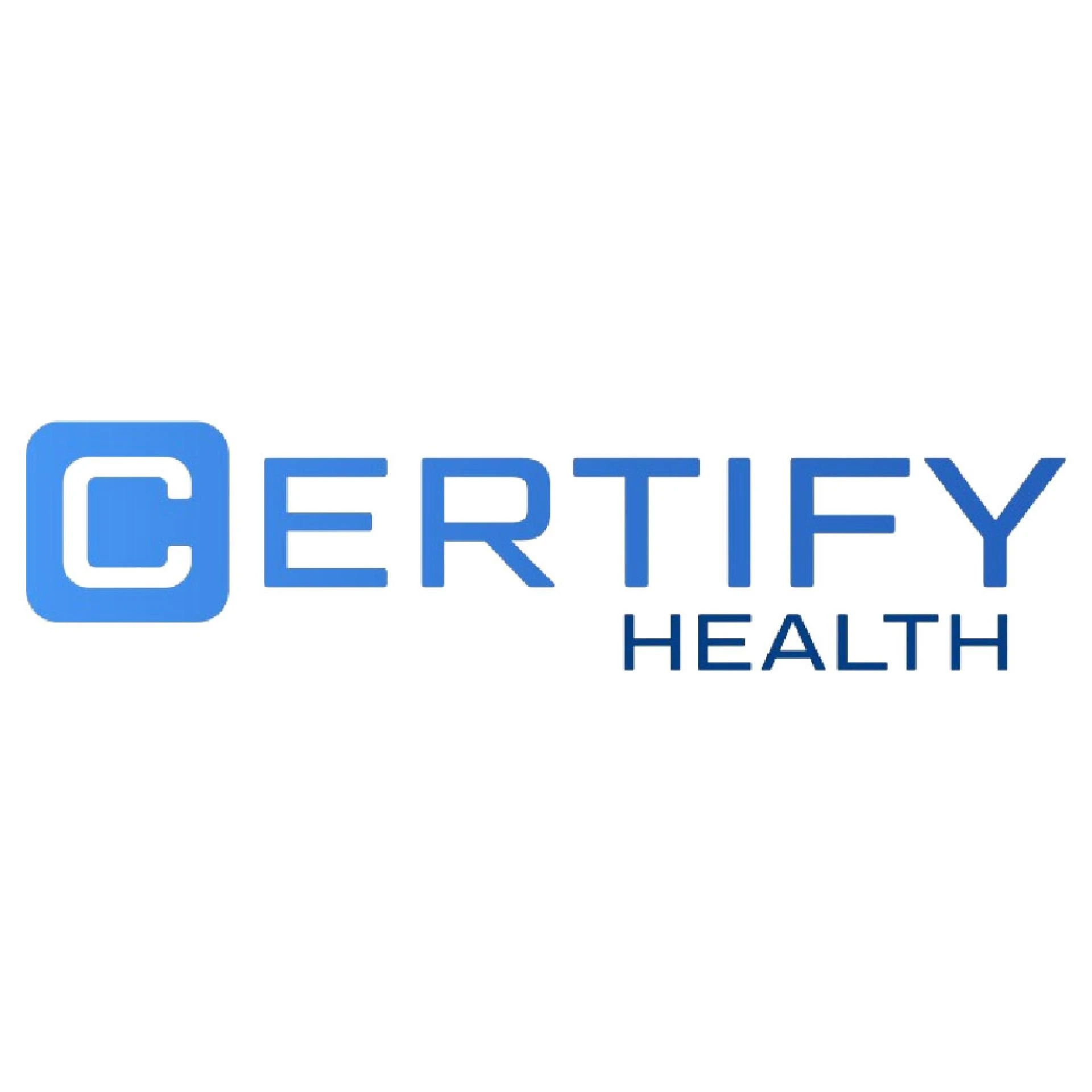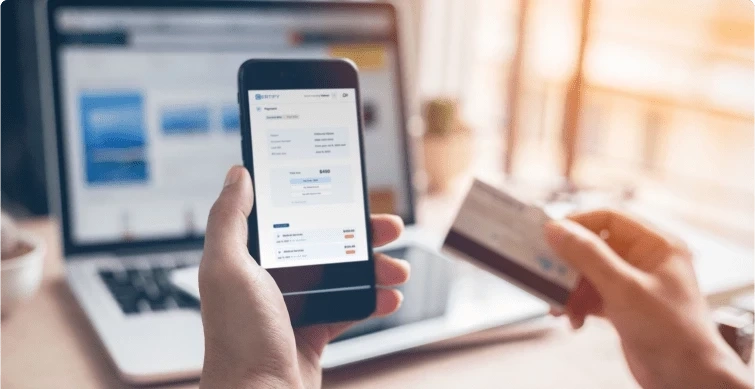The healthcare industry is undergoing a significant transformation, and one of the most notable shifts is in how patients pay for care. As technology advances and consumer expectations evolve, patient payment solutions are becoming more innovative, secure, and user-friendly. Digital payment methods are not just a convenience—they're rapidly becoming a necessity for providers to offer a seamless and satisfactory patient experience.
In this article, we’ll explore the top digital payment trends in patient payment solutions that healthcare organizations must know and adopt to stay ahead.
1. Contactless and Mobile Payments Are Becoming the Norm
In the age of smartphones and digital wallets, patients increasingly prefer contactless payment methods such as Apple Pay, Google Pay, and other NFC-enabled systems. These methods offer speed, security, and convenience—essential qualities, especially in today’s fast-paced healthcare environment.
By integrating mobile payment options into patient payment platforms, healthcare providers can improve both patient satisfaction and operational efficiency.
2. Patient Portals with Integrated Payment Options
Patient engagement platforms now offer much more than appointment scheduling or accessing medical records. Modern patient portals are evolving into full-service tools that also include integrated payment capabilities.
These portals allow patients to view invoices, pay balances, set up payment plans, and even receive digital receipts—all from a centralized, secure location. This enhances the overall experience and encourages faster payment cycles.
3. Automated Payment Reminders and Notifications
Digital payment systems now often include automated payment reminders via SMS, email, or in-app notifications. These reminders help reduce the number of overdue bills by prompting patients to take action before payments are late.
Additionally, such reminders improve patient communication and minimize the administrative burden on healthcare staff.
4. Flexible Payment Plans and Financing Options
Given the rising cost of healthcare, many patients are seeking flexible payment plans to manage their medical expenses more comfortably. Digital platforms now offer customizable financing options, such as recurring monthly payments or partnerships with third-party financing providers.
Offering payment flexibility is essential for improving patient financial engagement and boosting collection rates.
5. Integration with Electronic Health Records (EHR)
One of the growing trends in digital payment solutions is seamless integration with EHR systems. This ensures that billing, clinical records, and payment history are synchronized, eliminating discrepancies and manual errors.
Integrated systems also improve transparency for patients, who can see how payments correspond to their care in real-time.
6. AI-Powered Billing Insights and Predictive Analytics
Artificial Intelligence (AI) is making waves across industries, and healthcare is no exception. Many patient payment systems now use AI to predict payment behavior, recommend optimal billing strategies, and even detect fraud.
These smart features not only enhance efficiency but also provide valuable insights into patient billing trends, allowing providers to make more informed financial decisions.
7. Secure and Compliant Payment Platforms
As digital payments grow, so does the need for security. Patients entrust providers with sensitive financial and health information, so robust data protection measures are essential. Leading solutions are now incorporating HIPAA-compliant payment gateways, tokenization, and multi-factor authentication to keep transactions secure.
A secure system fosters trust and encourages patients to engage more actively with their financial responsibilities.
8. Multilingual and Inclusive Payment Interfaces
In diverse populations, inclusivity is key. Modern patient payment platforms now feature multilingual support, ensuring that language barriers do not hinder a patient’s ability to understand or make payments.
This not only improves accessibility but also reflects a healthcare provider’s commitment to equitable patient experiences.
9. Omnichannel Payment Experiences
Today’s patients expect consistency across all touchpoints—whether they’re paying online, in-app, at a kiosk, or over the phone. Omnichannel payment solutions provide a unified experience that allows patients to initiate and complete payments through their preferred method and device.
This approach enhances convenience and contributes to higher patient satisfaction rates.
10. Real-Time Payment Tracking and Transparency
Patients want clarity when it comes to what they’re paying for. Advanced digital solutions offer real-time tracking of payments, including itemized billing, insurance coverage information, and up-to-date balances.
This transparency eliminates confusion, reduces billing disputes, and strengthens the provider-patient relationship.
Conclusion
Digital transformation is revolutionizing patient payments. From mobile payments and AI-powered insights to integrated portals and multilingual support, the future of patient payment solutions lies in creating seamless, secure, and personalized experiences.


